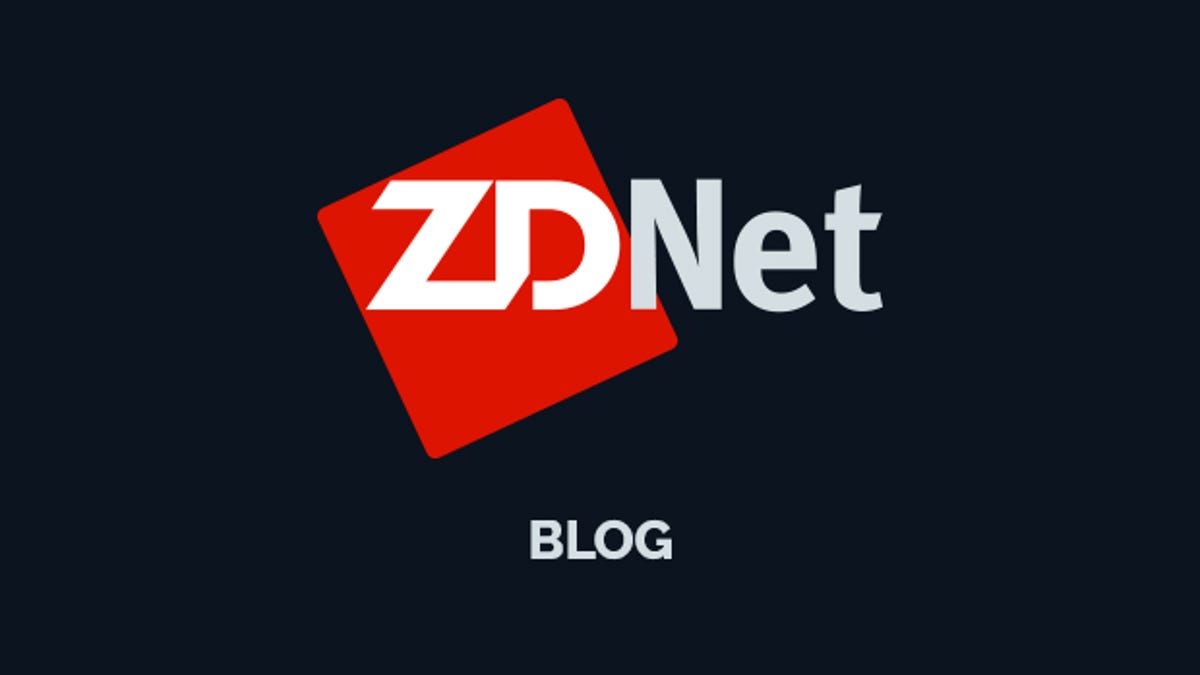Hi Everyone,
I'm new to using TrueNAS - my previous NAS setup being on a Buffalo Linkstation LS-QVL. The hardware failed and after some searching around I found TrueNAS as the best solution with a PC with appropriate hardware.
I've made sure the hardware is at par for the setup I'm planning on by reading through the manual. But I'd really like to know the best raid setup I can have for my setup.
Goal: Watch movies over the home network and also share with friends and family over the internet via Plex Server.
Current Setup/Data:
1. Plex Server - NVIDIA Shield
2. TrueNAS Core - TrueNAS-12.0-U2.1
3. PC Hardware - HP Pro 3500 - Intel(R) Core(TM) i5-3340 CPU @ 3.10GHz, 12GB DDR3 RAM(will be upgrading to 16GB), 64GB msata SSD(OS), 4x4TB(16TB) WD NAS Red HDD.
4. Network - TrueNAS Core connected to the main router directly via Gigabyte Ethernet & CAT6 cable.
5. Data - 1x3TB 93% full.
I am very new to saving data or even setting up RAID configuration(s). My previous setup on Buffalo was on 4x3TB HDDs WD Black as individual data drives without redundancy. I've learnt it the hard way to have a backup plan to save the pain of recovering the data lost.
So, I ask all you experts with the above mentioned hardware and goal(s) what would you recommend as the best setup so I can have enough storage space for adding more and also keep redundancy for it.
thank you very much for you time.
Regards
Dev
I'm new to using TrueNAS - my previous NAS setup being on a Buffalo Linkstation LS-QVL. The hardware failed and after some searching around I found TrueNAS as the best solution with a PC with appropriate hardware.
I've made sure the hardware is at par for the setup I'm planning on by reading through the manual. But I'd really like to know the best raid setup I can have for my setup.
Goal: Watch movies over the home network and also share with friends and family over the internet via Plex Server.
Current Setup/Data:
1. Plex Server - NVIDIA Shield
2. TrueNAS Core - TrueNAS-12.0-U2.1
3. PC Hardware - HP Pro 3500 - Intel(R) Core(TM) i5-3340 CPU @ 3.10GHz, 12GB DDR3 RAM(will be upgrading to 16GB), 64GB msata SSD(OS), 4x4TB(16TB) WD NAS Red HDD.
4. Network - TrueNAS Core connected to the main router directly via Gigabyte Ethernet & CAT6 cable.
5. Data - 1x3TB 93% full.
I am very new to saving data or even setting up RAID configuration(s). My previous setup on Buffalo was on 4x3TB HDDs WD Black as individual data drives without redundancy. I've learnt it the hard way to have a backup plan to save the pain of recovering the data lost.
So, I ask all you experts with the above mentioned hardware and goal(s) what would you recommend as the best setup so I can have enough storage space for adding more and also keep redundancy for it.
thank you very much for you time.
Regards
Dev


